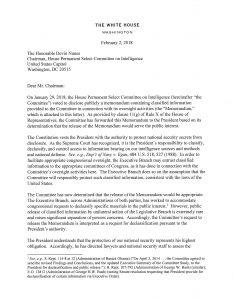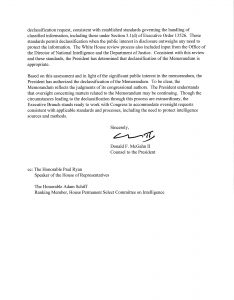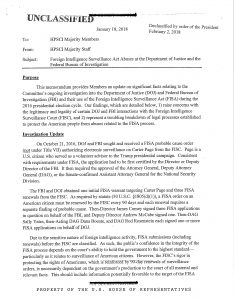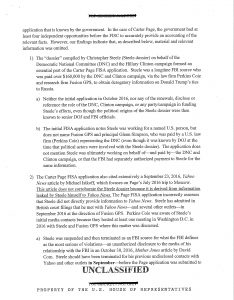
Gina Haspel testifies before the Senate Intelligence Committee on Capitol Hill, May 9. Photo: Ting Shen/Zuma Press
The Wall Street Journal
Spying is a dirty yet necessary business, not best examined in open hearings.
The confirmation hearings for Gina Haspel to head the Central Intelligence Agency became a theater of the absurd, as senators pressed her for an assurance that she would apply “moral” standards to intelligence-gathering, including interrogation of terrorists.
As I watched, I kept thinking of Sen. Frank Church and the disaster his Senate select committee inflicted upon the CIA in 1975. The committee was troubled by the disclosures of various misguided, even bizarre CIA endeavors during the Cold War, including an attempt to kill Fidel Castro. It ultimately adopted a series of proposals to rein in the agency that led the Carter administration to impose broad changes.
The effort to reform intelligence operations to make them moral was a noble one—and the damage it wrought to national security took decades to undo. The new generation of CIA veterans like Ms. Haspel must wonder if anyone in the current Senate has even heard of the Church Committee.
Senators today seem to assume there is agreement on what constitutes moral conduct in spycraft. But recruiting spies is not the work of moralists. The CIA’s mission involves persuading others to disregard their deepest moral and legal obligations. It is a dirty yet necessary business, not best examined in open hearings.
In 1977 my friend Dick Helms was prosecuted by the Carter Justice Department for perjury after he denied in an open Senate hearing that the CIA had been involved in the 1973 overthrow of the Allende government in Chile. Helms was bound by his oath as a CIA officer never to reveal classified secrets. Yet before the Senate he was under the perjury threat if he fulfilled his obligation to preserve intelligence secrets. What was the moral thing to do in that situation?
Helms lied because he was operating under longstanding directions he and others at the agency had received from senior senators, including Democrat Richard Russell of Georgia, who worried candid answers in open hearings might risk “the lives of our boys.” They instructed Helms to protect intelligence operations in such hearings.
Helms’s defense lawyer. Edward Bennett Williams, warned the Justice Department he would have Helms testify in open court to numerous examples of CIA officials lying to Congress to preserve secret agency activities, with the likely exposure of important top-secret operations. The government relented, and Williams arranged for Helms to plead guilty to a misdemeanor with no penalty. In 1983 President Reagan recognized Helms’s long service with a National Security Medal as an implicit apology. No CIA director has since been charged with a crime.
Intelligence work can involve complex judgments about morality and even legality. The law must remain our bulwark, morality a sweet frosting. To serve as head of the CIA is to be in charge of vital operations that must be subject to the rule of law, not the moral sensitivities of any one person.
Dick Helms died in 2002. His portrait hangs in honor at CIA headquarters. There is no portrait of Frank Church.
Mr. Vincent, a retired lawyer, was commissioner of Major League Baseball, 1989-92.
Appeared in the May 17, 2018, print edition.
RELATED: COLD WAR CONTEXT





































